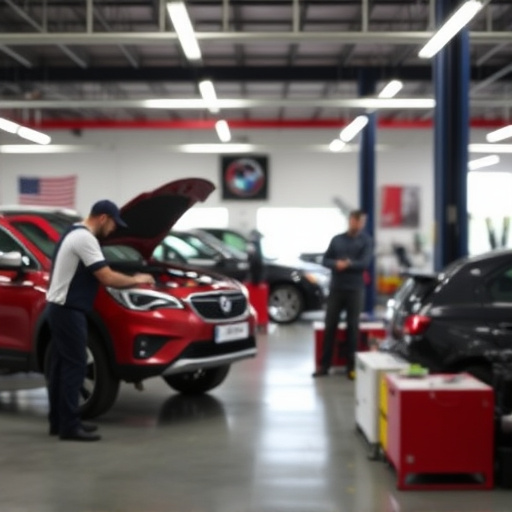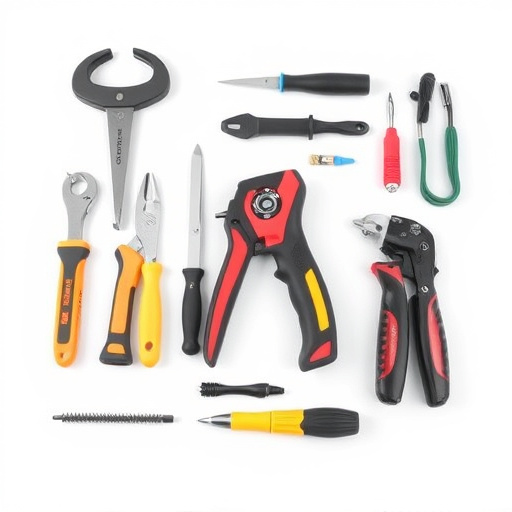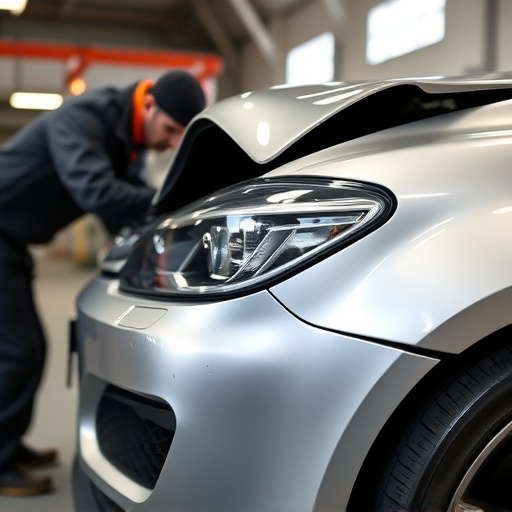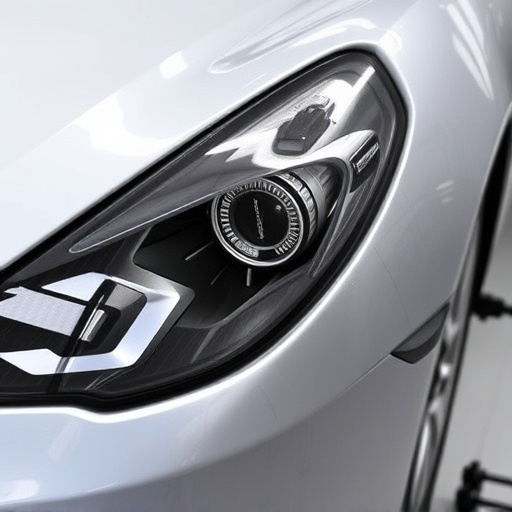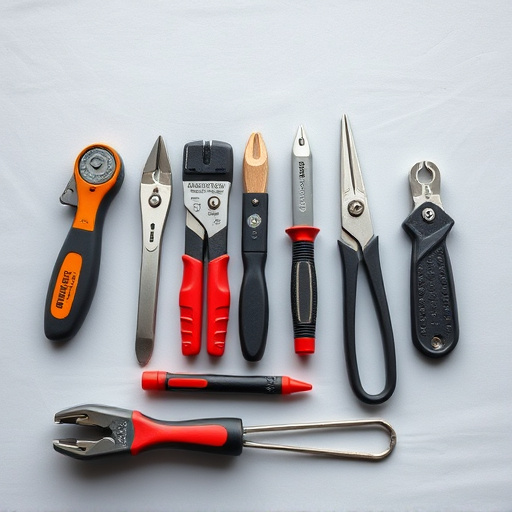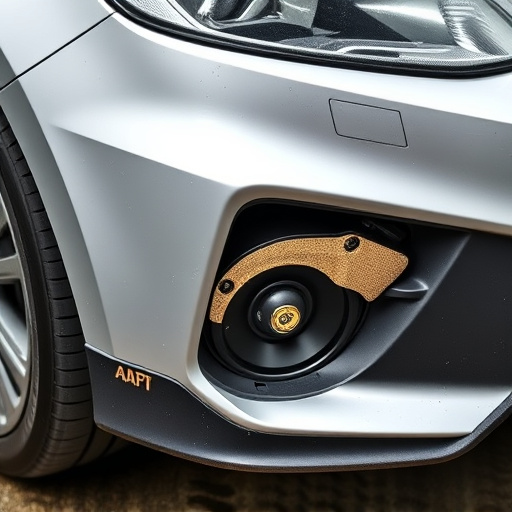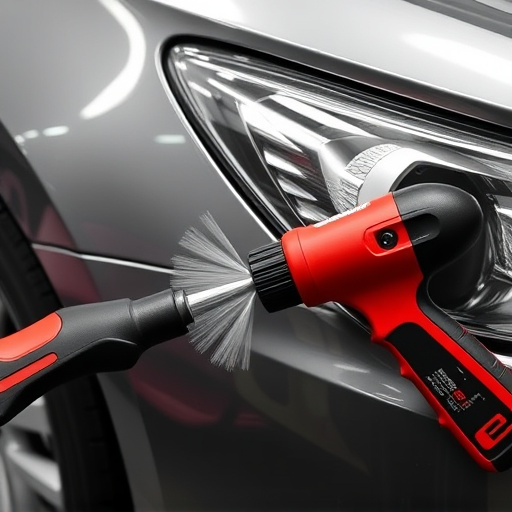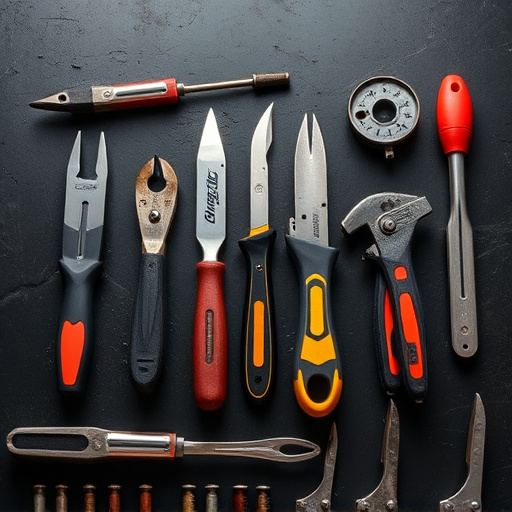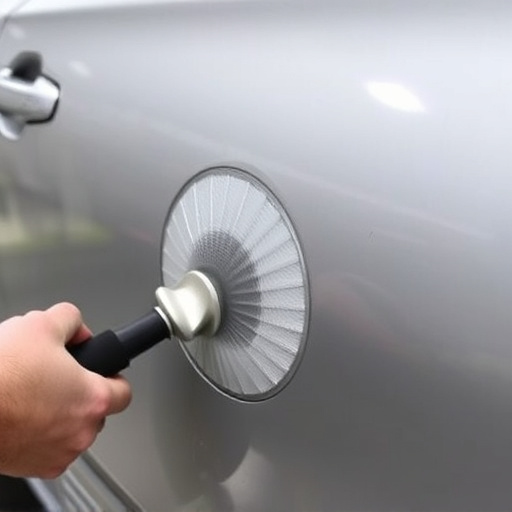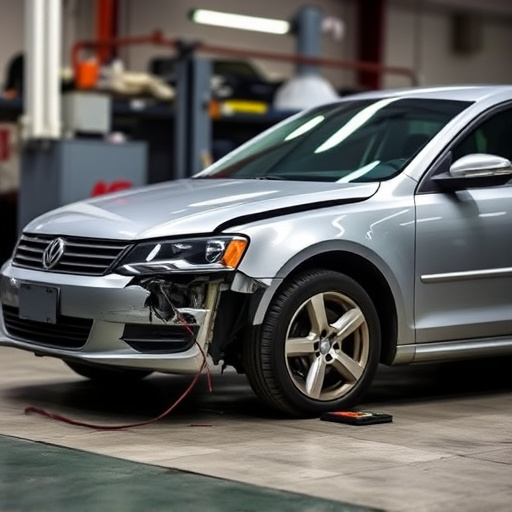The Tesla dashcam is a powerful safety tool with customizable settings, offering enhanced video quality and features through regular firmware updates. Proper configuration, including version harmony and secure power integration, is crucial to avoid issues. Consulting professionals aids in troubleshooting persistent problems, ensuring optimal performance for personal safety and auto repair reference.
Unleash the full potential of your Tesla’s built-in dashcam with our comprehensive guide. This article delves into the intricacies of Tesla dashcam configuration, offering valuable insights on features and settings often overlooked. We explore strategies to optimize firmware updates, ensuring peak performance and enhancing your driving experience. Additionally, we provide troubleshooting tips for common issues, empowering you to navigate potential challenges effortlessly. Discover how to customize your Tesla’s dashcam to capture the road ahead with clarity and style.
- Understanding Tesla Dashcam Features and Settings
- Optimizing Firmware Updates for Dashcam Performance
- Troubleshooting Common Configuration Issues and Tips
Understanding Tesla Dashcam Features and Settings
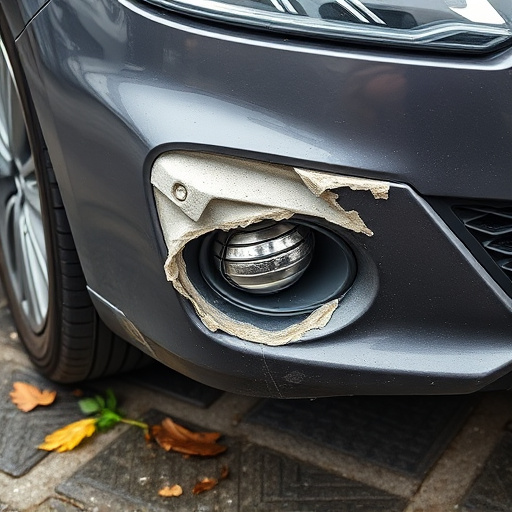
The Tesla dashcam is a powerful tool for both safety and documentation. Understanding its configuration options is key to maximizing its potential. Within the car’s center console, owners can access a menu dedicated to the dashcam settings, where they’ll find various features catering to different needs. These include adjusting video resolution, managing recording modes (like manual or event-based), and setting up alerts for things like speed limits or sudden braking. Customizing these parameters ensures drivers capture high-quality footage in varying conditions, from clear days to inclement weather.
Moreover, Tesla’s firmware updates often introduce new capabilities for the dashcam. Keeping the firmware up-to-date is crucial as it can enhance video stabilization, improve night vision, and even integrate with your car’s collision detection system, providing a comprehensive view of potential fender benders or hail damage that may occur during unexpected weather events. With regular updates and careful configuration, the Tesla dashcam becomes an indispensable tool for both personal safety and auto repair reference when navigating through challenging driving conditions.
Optimizing Firmware Updates for Dashcam Performance
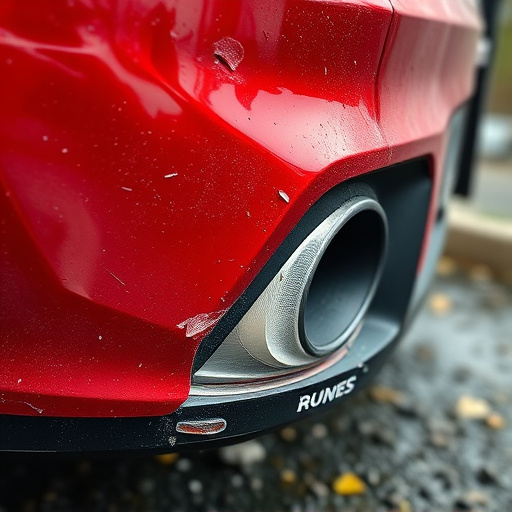
Optimizing Firmware Updates for Tesla Dashcam Performance involves a strategic approach to ensure seamless integration and enhanced functionality. Regular firmware updates are crucial for improving the overall performance, stability, and security of your Tesla dashcam system. By staying up-to-date with the latest software releases, you can access new features, bug fixes, and optimizations that directly impact video quality, processing speed, and recording reliability.
When updating the firmware, consider the compatibility with your specific Tesla model and ensure it aligns with your desired dashcam configuration. Moreover, regular updates help in preventing potential security vulnerabilities, ensuring your vehicle’s data remains protected from cyber threats. Prioritizing these updates alongside collision repair services or hail damage repairs for optimal auto maintenance practices will contribute to a safer and more efficient driving experience.
Troubleshooting Common Configuration Issues and Tips
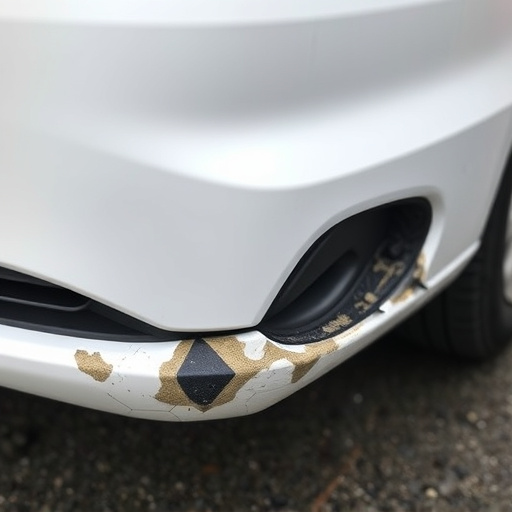
Many users encounter issues when configuring their Tesla dashcams, often stemming from compatibility problems or misaligned expectations. A common challenge is ensuring firmware harmony between the camera and your vehicle’s system. To avoid frustration, double-check that the firmware version of both components matches; outdated or mismatched firmware can lead to intermittent recording, display glitches, or even a camera that fails to power on. Regular updates are key, so stay attuned to Tesla’s software release notes.
Another frequent problem involves integrating the dashcam with your vehicle’s power source. For seamless operation, the camera must draw power consistently from your car’s battery or alternator without straining either. Check wiring connections for any signs of damage or loose ends and ensure they are secure and properly routed. If issues persist, consider consulting a professional auto electrician to perform a thorough inspection, especially if you’ve recently installed or modified any electrical components, including those related to frame straightening or vehicle body repair.
Optimizing your Tesla dashcam’s configuration is key to capturing clear, reliable footage. By understanding the various settings, keeping firmware up-to-date, and troubleshooting common issues, you can ensure your Tesla dashcam acts as a dependable record-keeper on the road. Remember, proper dashboard camera setup enhances safety, provides valuable evidence, and contributes to a smoother driving experience.
